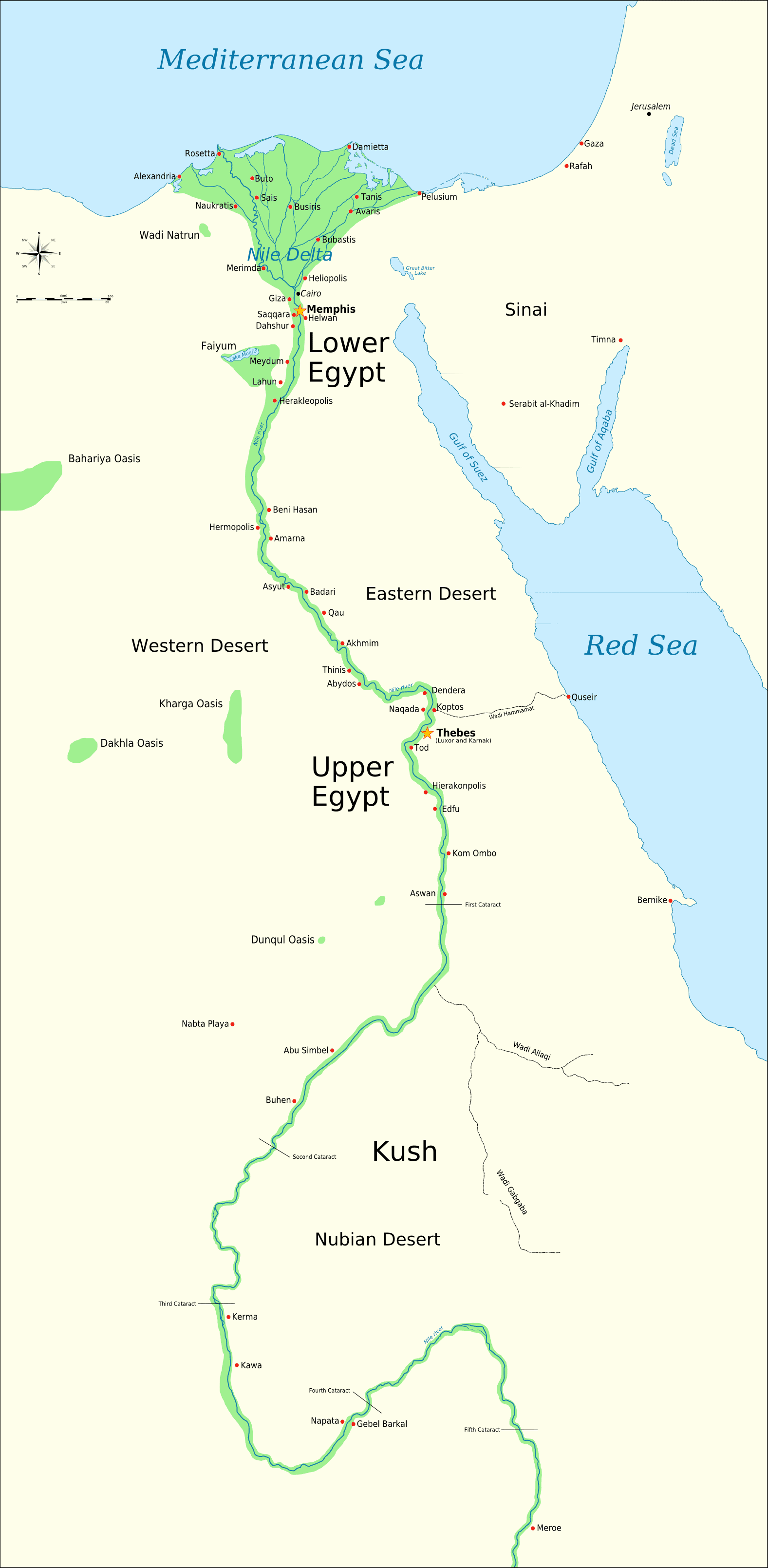The Ancient Egyptians, one of the most remarkable civilizations in history, were known for their impressive achievements in various fields such as architecture, mathematics, medicine, and art. This civilization, which thrived in the northeastern part of Africa from 3100 BC to 332 BC, was characterized by its complex religious beliefs, social hierarchy, and a writing system that included hieroglyphs. Their lasting legacy is evident in the colossal pyramids, the Sphinx, and the rich artifacts found in the tombs of their pharaohs.
Get your dose of History via Email
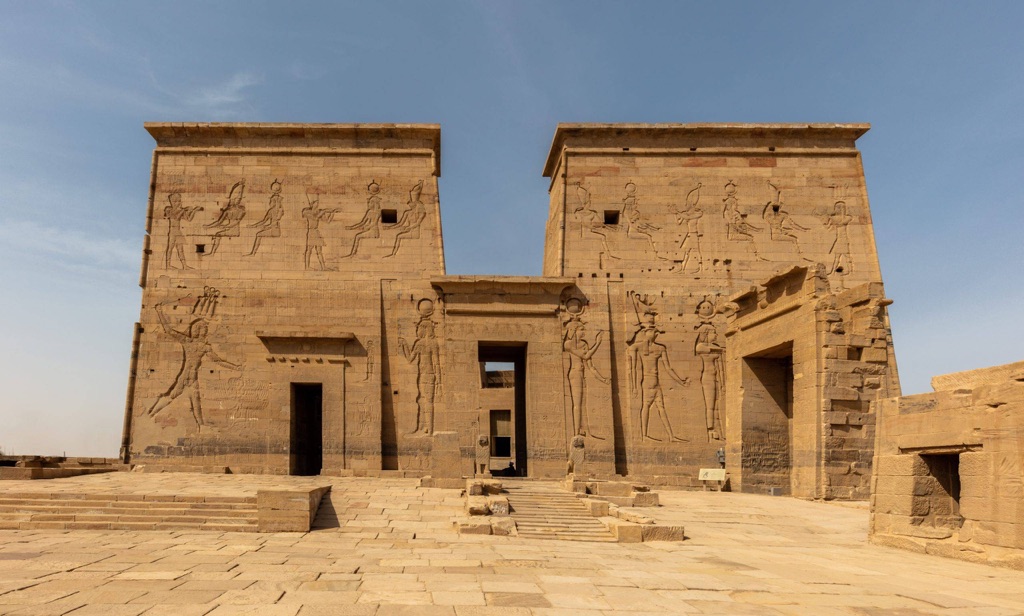
Which is older Egypt or Greek?
When comparing the ancient civilizations of Egypt and Greece, Egypt is significantly older. The Egyptian civilization began around 3100 BC with the unification of Upper and Lower Egypt under the first Pharaoh, while the Greek civilization didn’t begin until around 800 BC with the emergence of the city-states such as Athens and Sparta.
The Ancient Egyptians had already built the pyramids, developed a writing system, and established a complex religious and social structure by the time the Greek civilization was just beginning. In fact, Ancient Greece was heavily influenced by the established cultures of the Near East, including Egypt.
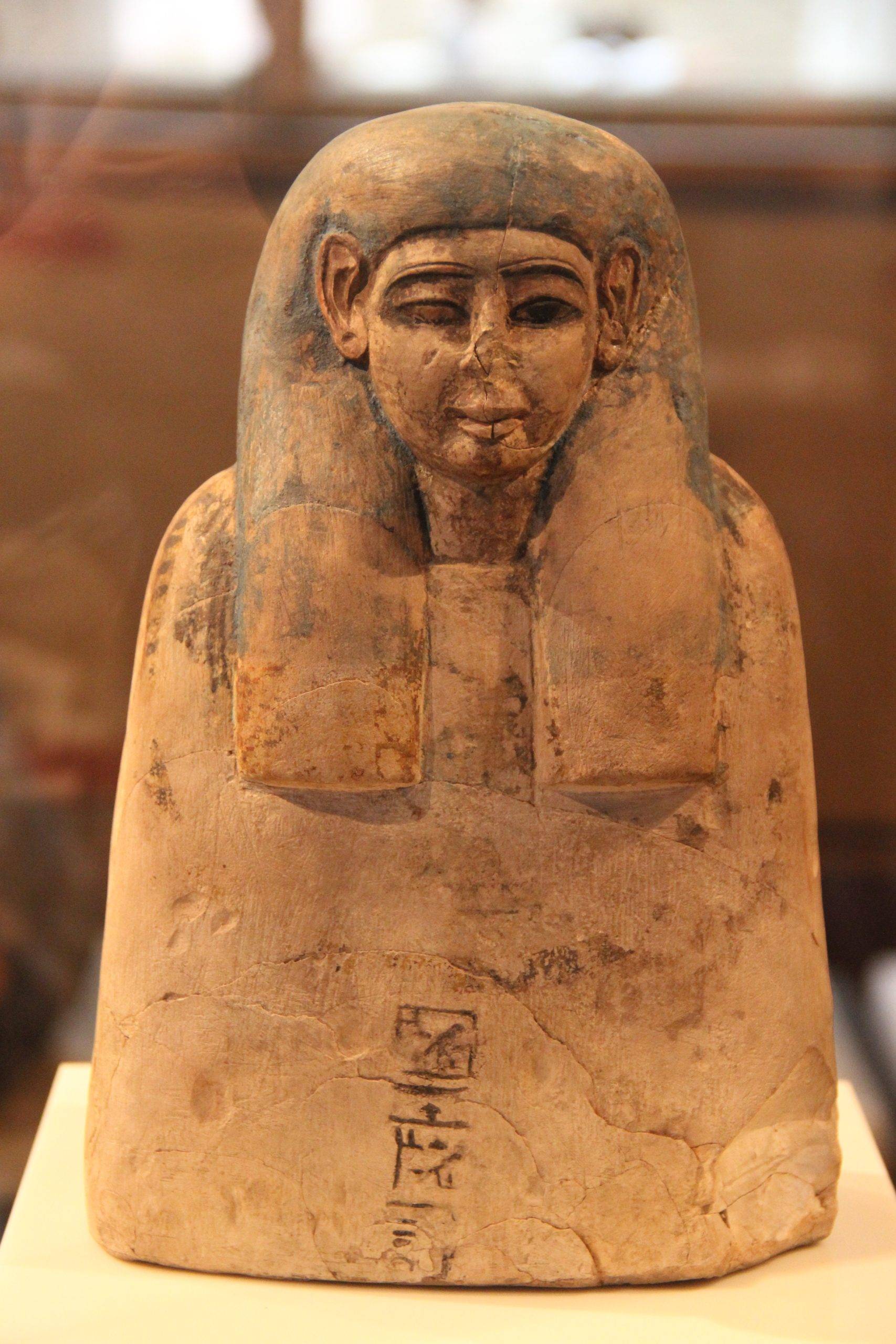
There was considerable interaction between the two civilizations. Greek scholars, such as Herodotus and Plato, visited Egypt and were deeply influenced by Egyptian philosophy and science. Later, Egypt was conquered by Alexander the Great and ruled by Greek-speaking Ptolemaic dynasty, further intertwining the two cultures.
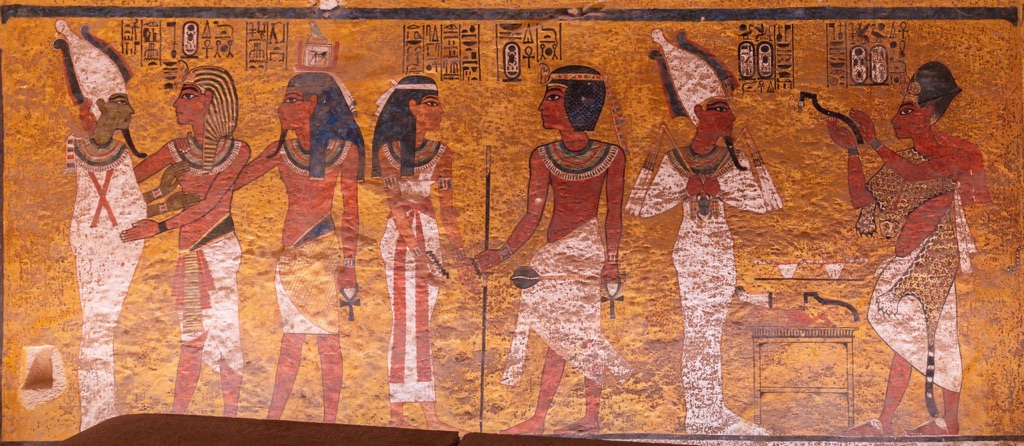
Despite their chronological differences, both civilizations made significant contributions to human knowledge and culture. The Ancient Egyptians are known for their achievements in architecture, mathematics, and art, while the Ancient Greeks are celebrated for their contributions to philosophy, politics, and science.
Thus, while Egypt is older, both civilizations hold a prominent and respected place in the annals of human history.
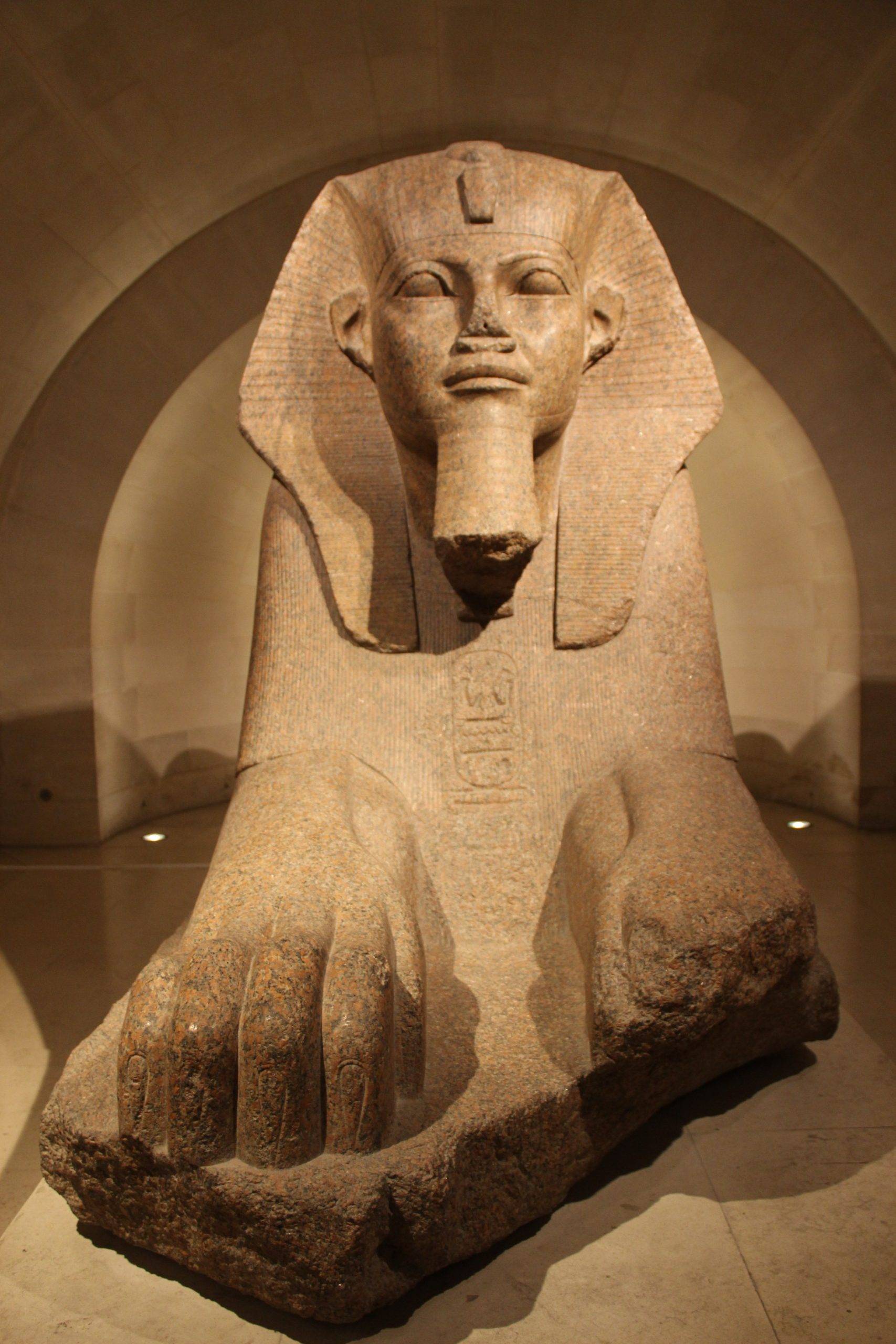
What food did Ancient Egyptians eat?
The diet of the Ancient Egyptians was quite varied and nutritious, relying heavily on the fertile lands along the Nile River. Staple foods included bread and beer, made from barley, and vegetables such as onions, garlic, leeks, lentils, and cucumbers.
Fruits like dates, figs, and grapes were commonly consumed, either fresh or dried. Grapes were also used to produce wine, which was primarily consumed by the upper classes. Meat, primarily from cattle, ducks, and geese, was also part of the diet, but it was more common in the diets of the wealthy.
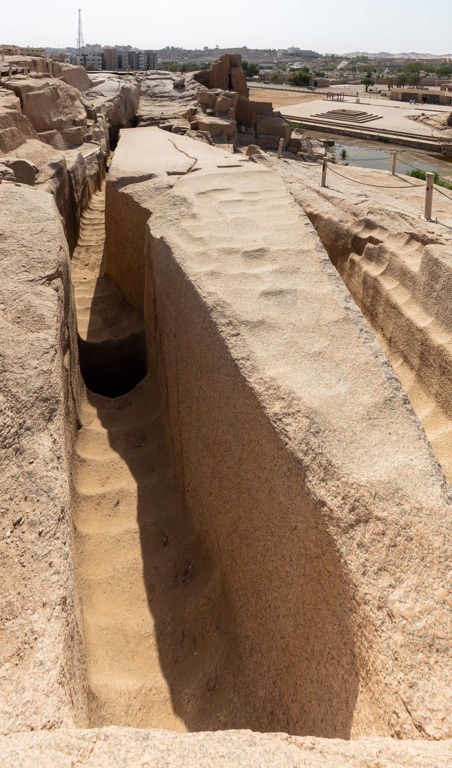
Fish and poultry were more accessible to the common people and were a crucial source of protein. Honey was the primary sweetener, as sugar was not yet known. Dairy products such as milk, cheese, and butter were also consumed.
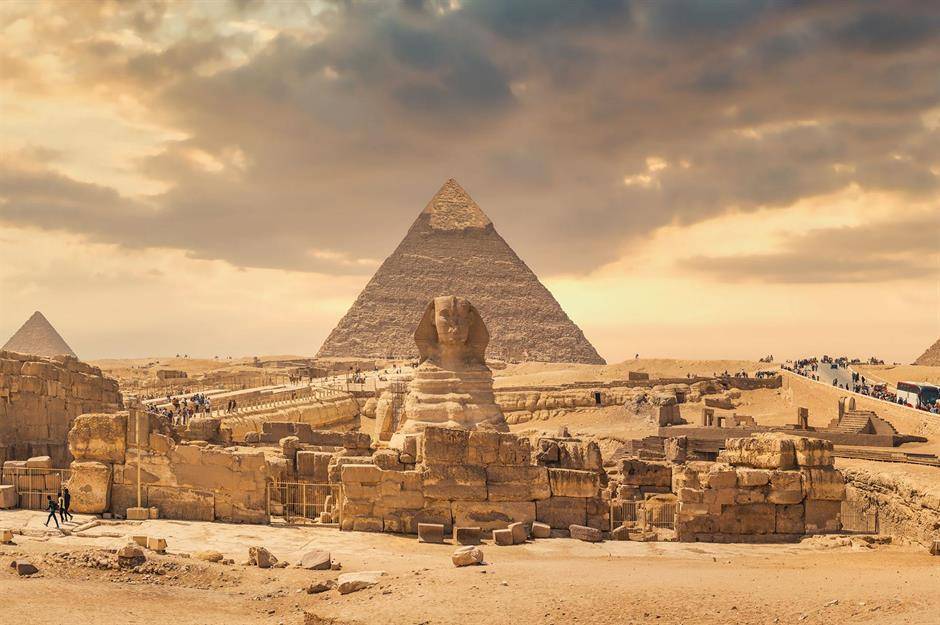
The Ancient Egyptians had a deep understanding of food preservation techniques. They used salt to cure meat and fish, and they stored grains in granaries to protect them from pests and moisture.
Overall, the diet of the Ancient Egyptians was balanced and healthy, providing them with the necessary nutrients to lead active lives.
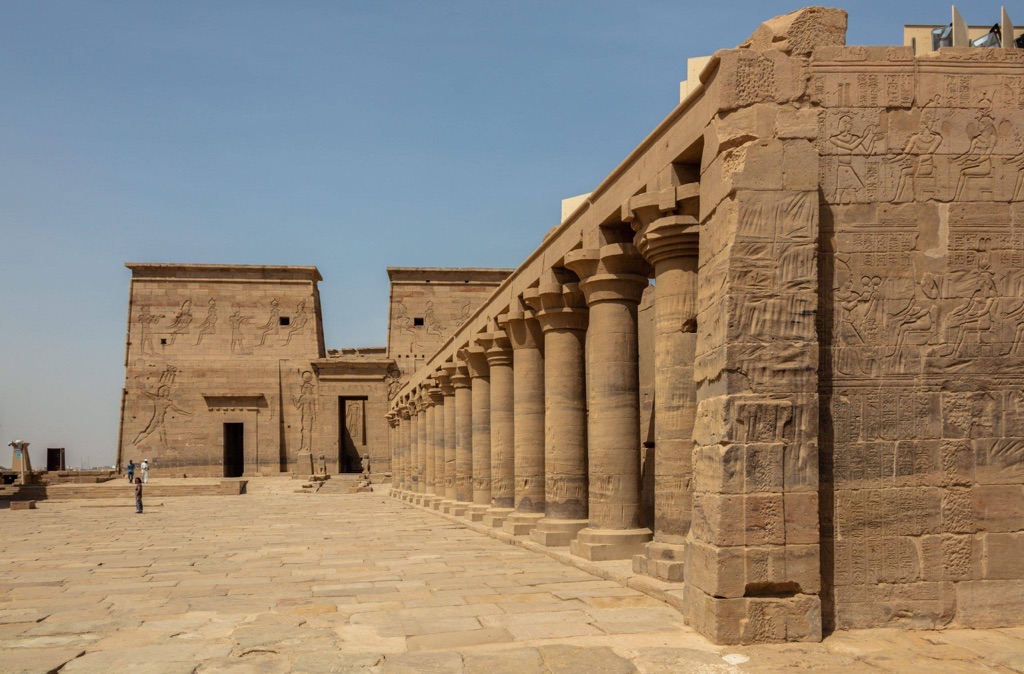
What were ancient Egyptian houses made of?
The houses of the Ancient Egyptians were primarily made of mud-brick, a material that was readily available and effective in the hot, dry climate of Egypt. The mud bricks were made by mixing mud and straw and then baking them in the sun.
The design of the houses varied depending on the owner’s social status. The homes of the poor were simple, consisting of one or two rooms, while the homes of the wealthy were larger and more elaborate, with several rooms, courtyards, and sometimes even a second story.
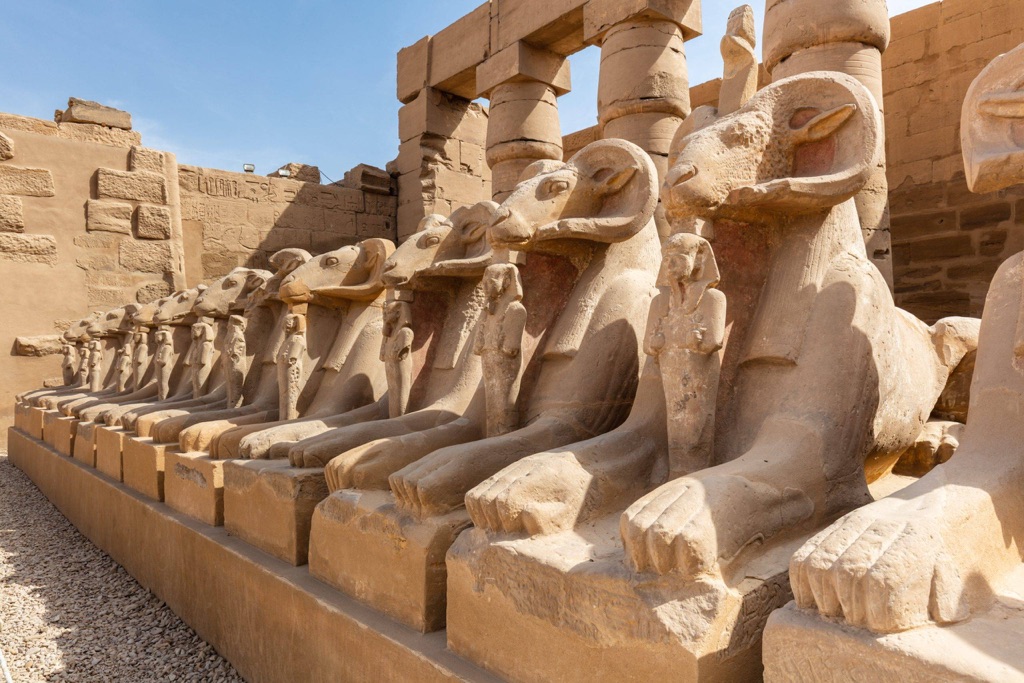
The roofs of the houses were flat and were often used as living spaces. They were a place to sleep during the hot summer months, cook, and do other household chores. The houses usually had small windows to keep out the heat and dust.
Inside the house, the floors were covered with reed mats, and the walls were often whitewashed or decorated with frescoes. Furniture was simple and functional, including stools, beds, and storage chests.
Despite the harsh climate and the simplicity of the materials, the Ancient Egyptians managed to create comfortable and functional homes that catered to their needs and lifestyle.
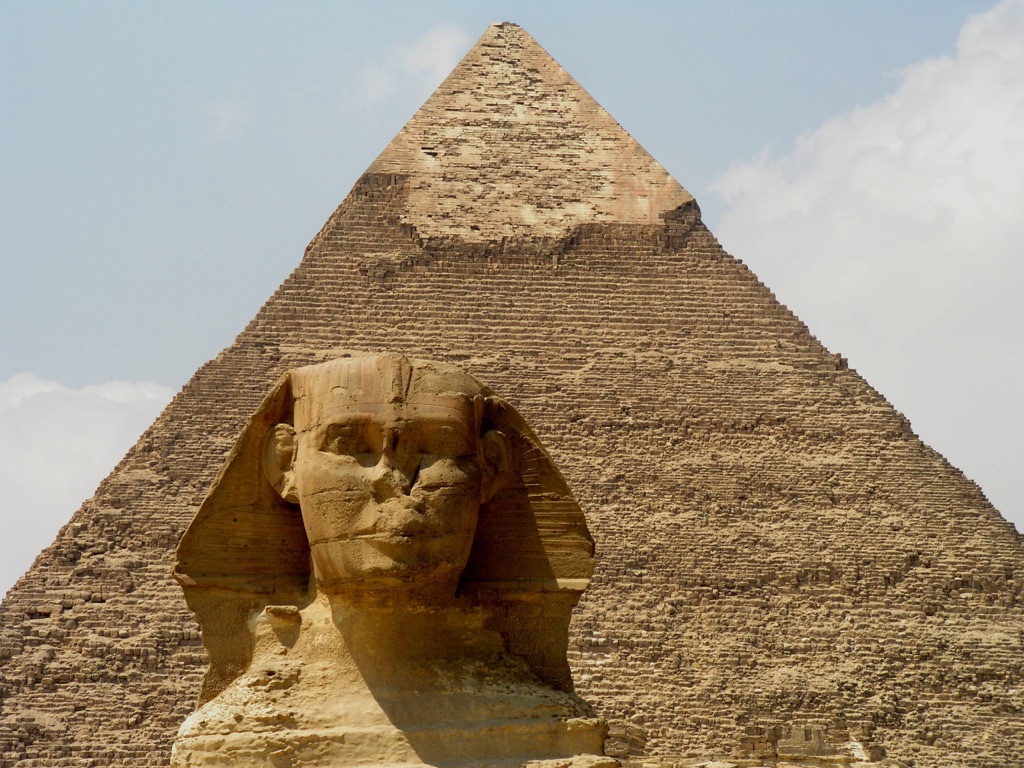
What did an ancient Egyptian look like?
The physical appearance of the Ancient Egyptians has been a subject of much debate among historians and anthropologists. Based on artistic depictions and mummified remains, it’s believed that they had dark skin, varying from light to dark brown, and dark hair.
Their hair was often worn short, especially among men, while women sometimes had longer hair. Both men and women used wigs, particularly for special occasions. They also used cosmetics, including kohl to line their eyes and henna to dye their nails and hair.
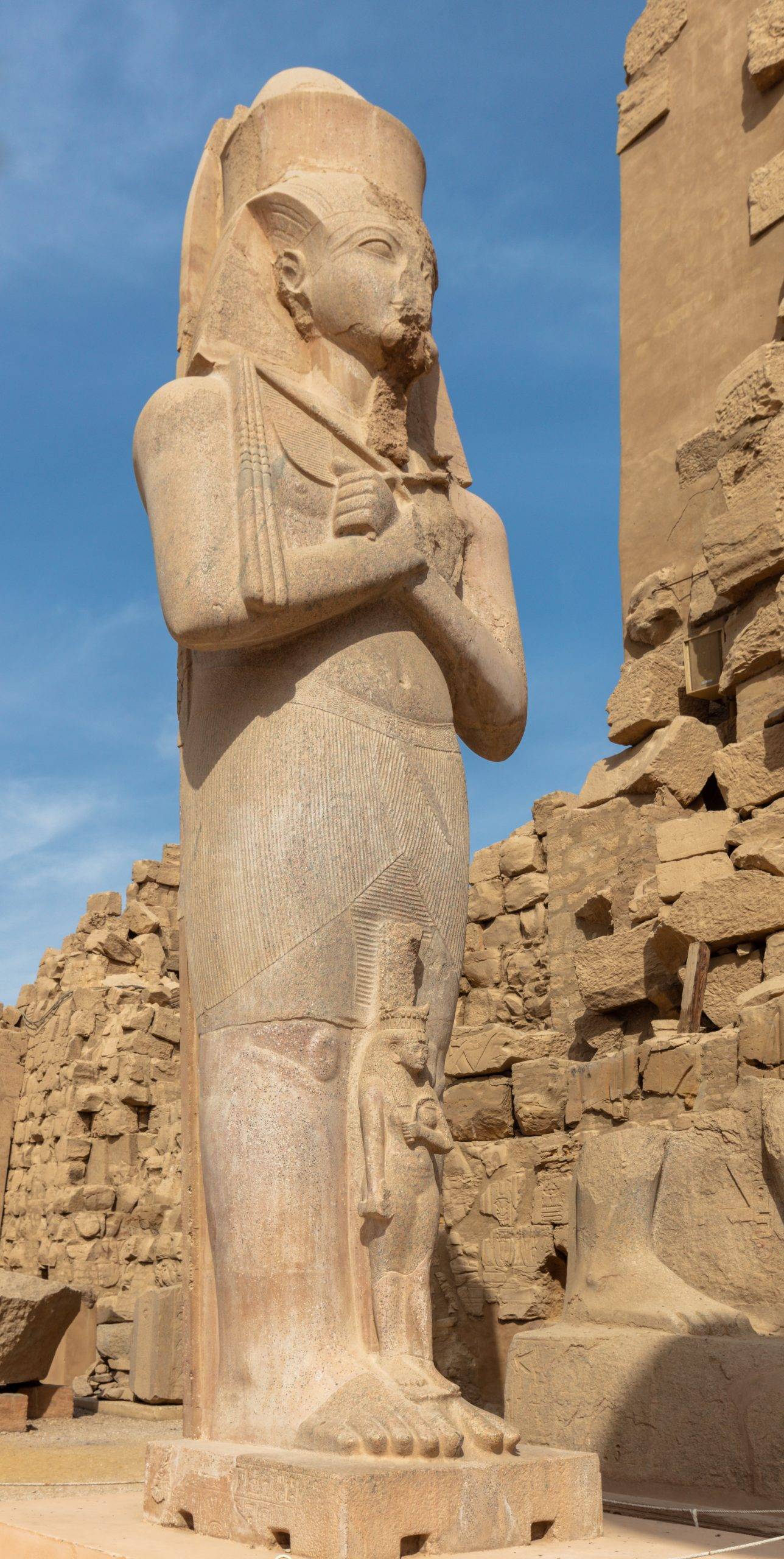
The Ancient Egyptians were generally slim and muscular, a result of their diet and active lifestyle. They were of medium height, with men averaging about 5 feet 6 inches and women about 5 feet 2 inches.
Clothing in Ancient Egypt was simple and practical. Men typically wore a short kilt, while women wore a straight, ankle-length dress. Both men and women wore jewellery, including necklaces, bracelets, and earrings, which were often made of gold and adorned with precious stones.
While these generalizations give us a broad idea of what Ancient Egyptians might have looked like, it’s important to remember that Egypt was a diverse society with a range of physical characteristics among its population.
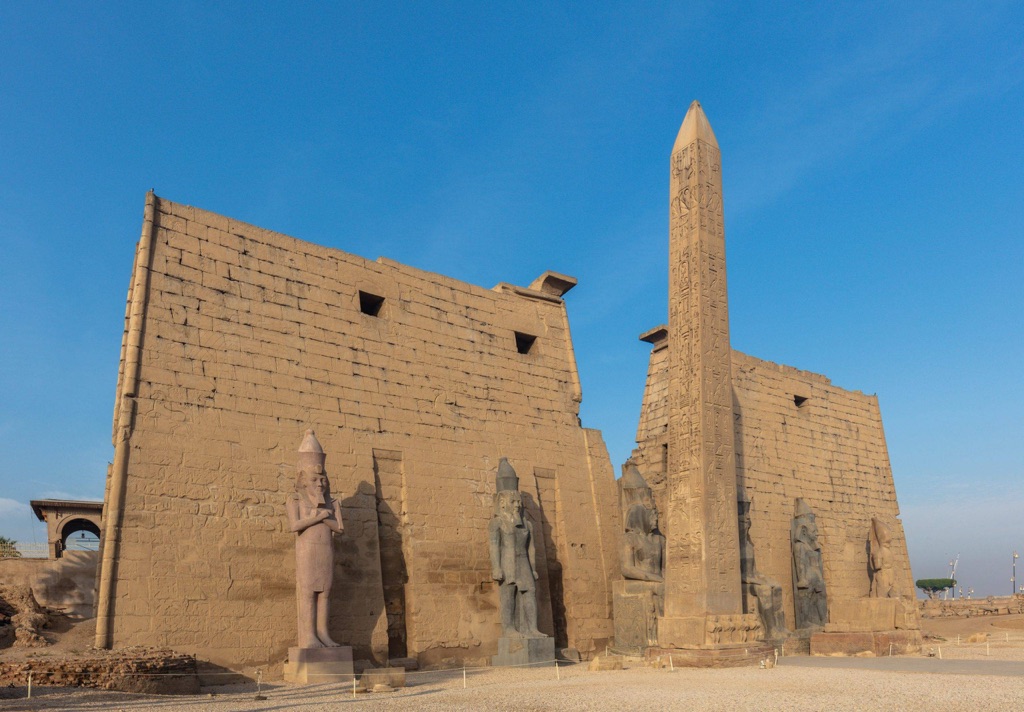
How did ancient Egyptians live?
The Ancient Egyptians lived in a structured society where everyone had a specific role. The Pharaoh was at the top, followed by nobles, priests, soldiers, scribes, merchants, and farmers. Despite the social hierarchy, there was a possibility for social mobility, especially through roles in the military or priesthood.
Agriculture was the backbone of the economy, with the fertile lands along the Nile providing ample crops. Trade was also crucial, with goods being exchanged with neighboring regions and distant lands.
Religion played a central role in the lives of the Ancient Egyptians. They worshipped a pantheon of gods and believed in life after death, which is evident in their elaborate burial practices and the construction of the pyramids.
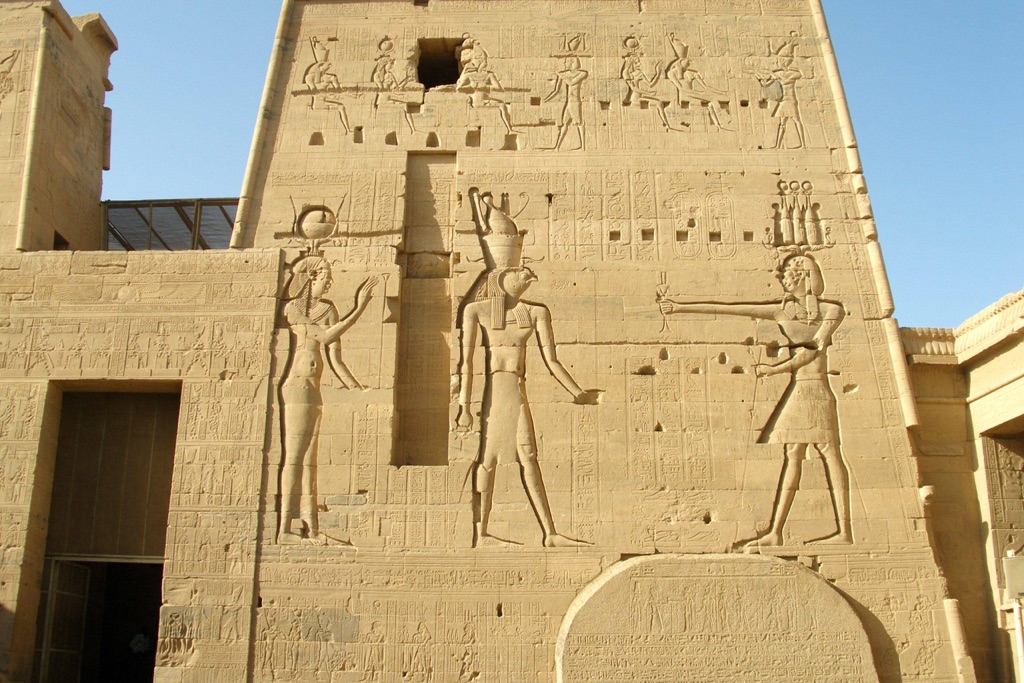
Education was primarily for the elite, with scribes being the most educated class. They were trained in writing and mathematics and held administrative roles in the government.
Despite the challenges of living in a desert environment, the Ancient Egyptians developed a thriving civilization that was rich in culture, knowledge, and technological advancements.
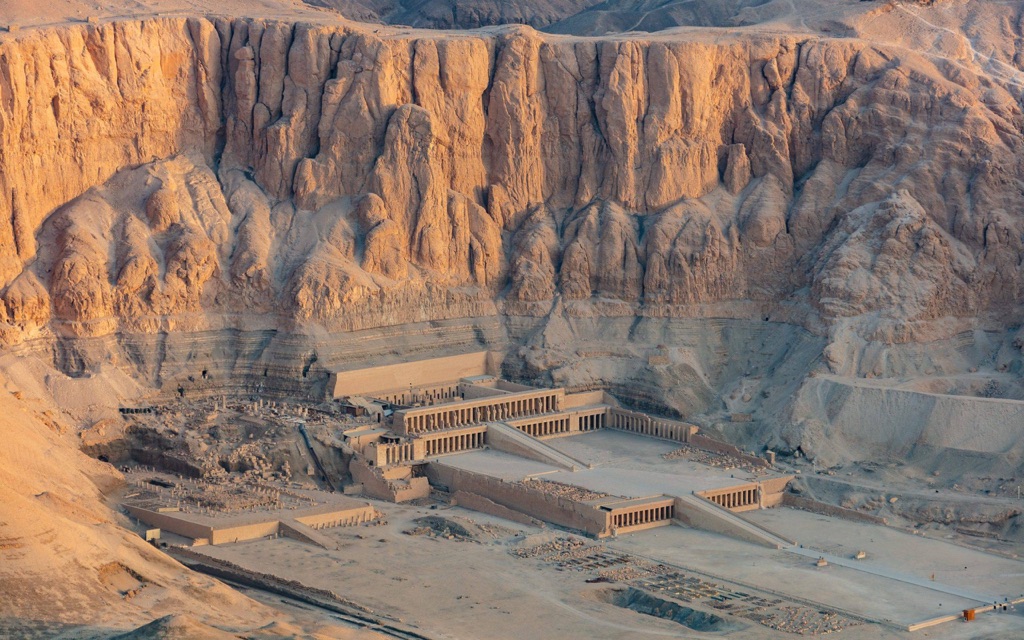
Conclusion and Sources
The Ancient Egyptians were a fascinating civilization with a rich and complex culture. Their advancements in various fields such as architecture, mathematics, and medicine continue to impress us today. Their religious beliefs, social structure, and daily life offer intriguing insights into a civilization that has significantly influenced human history.
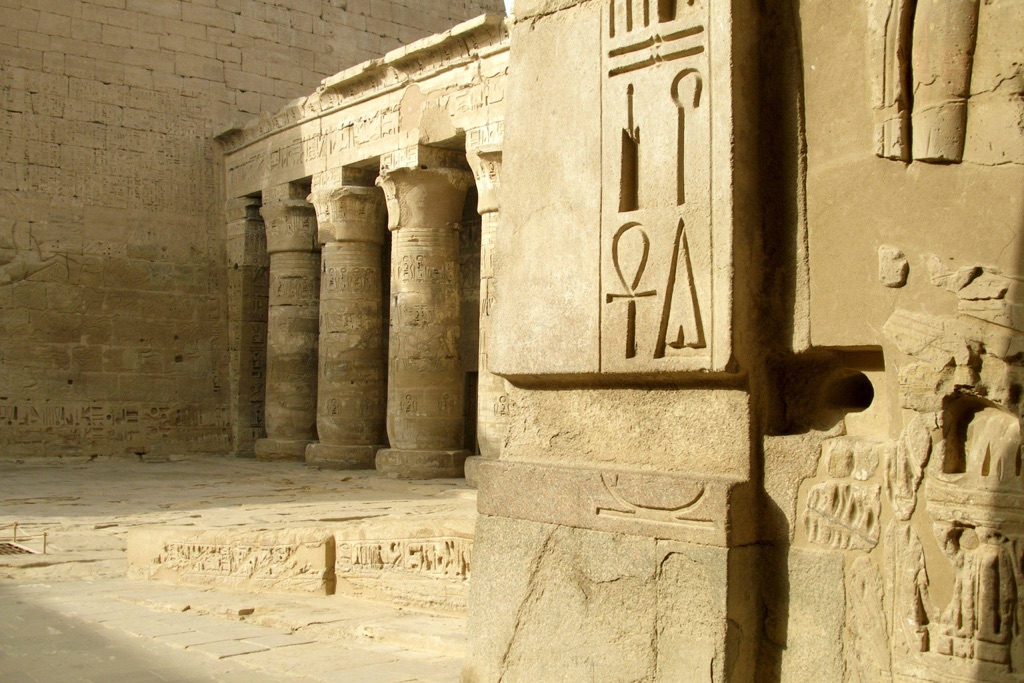
For further reading and verification of the information provided, please refer to the following sources:

